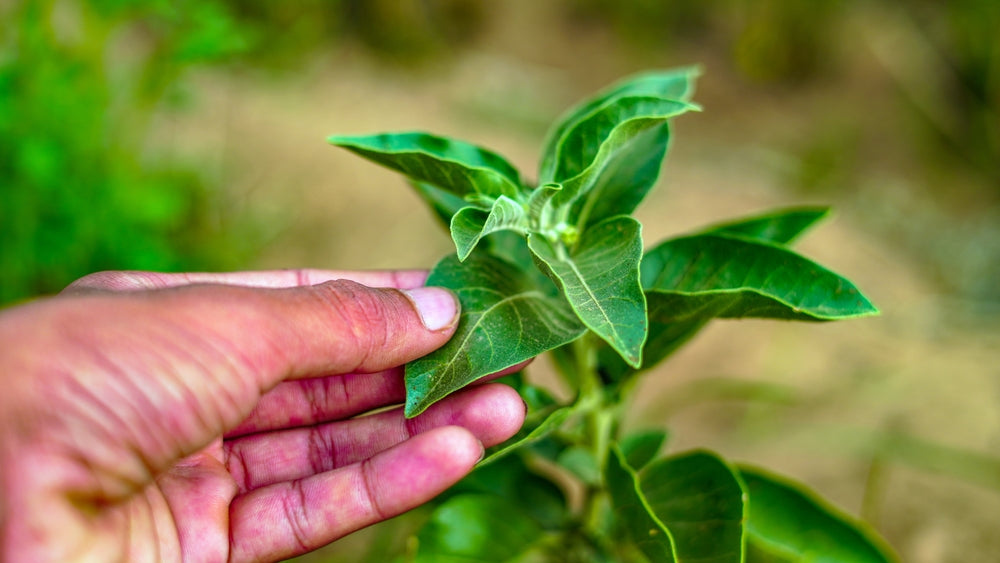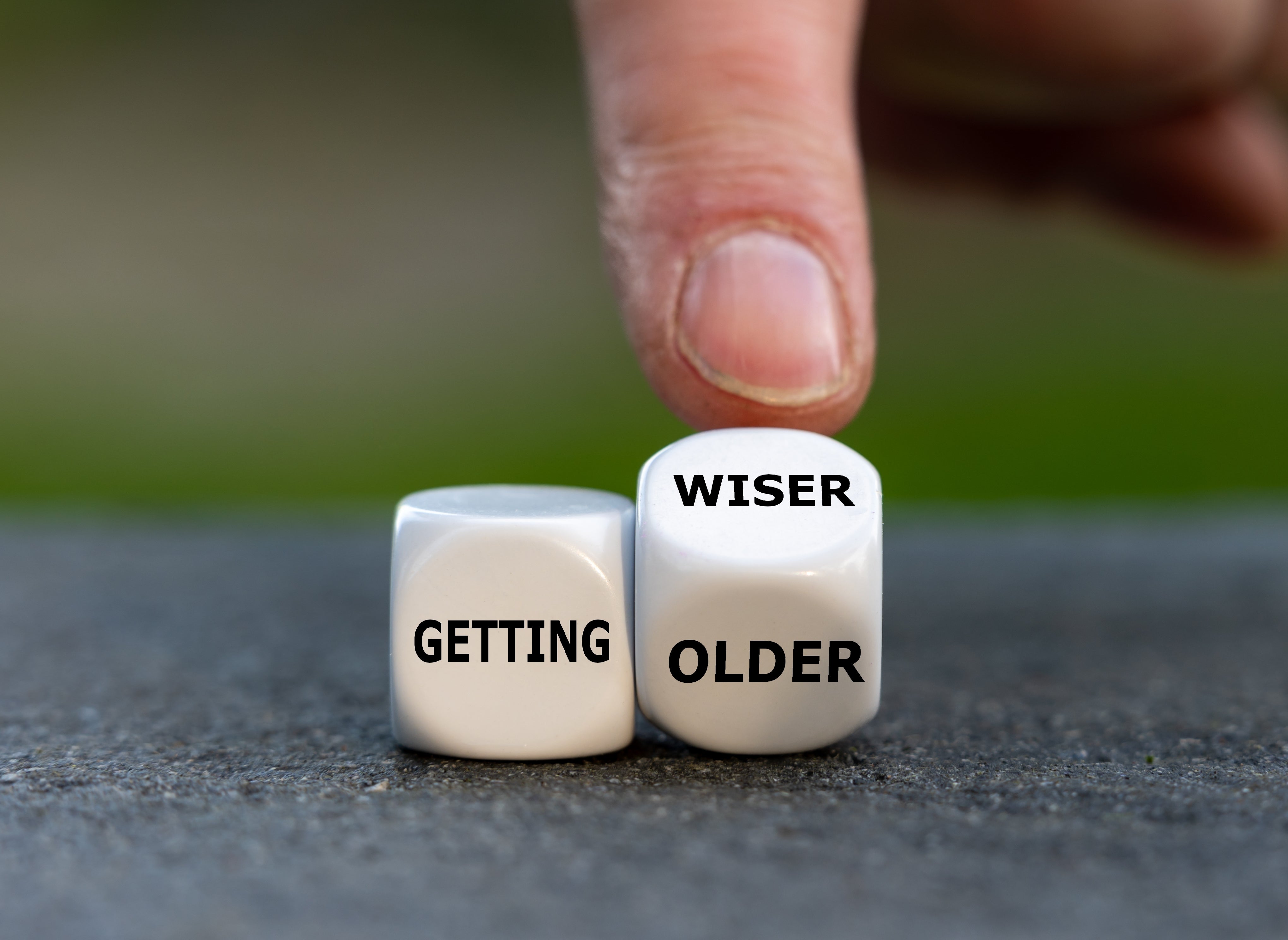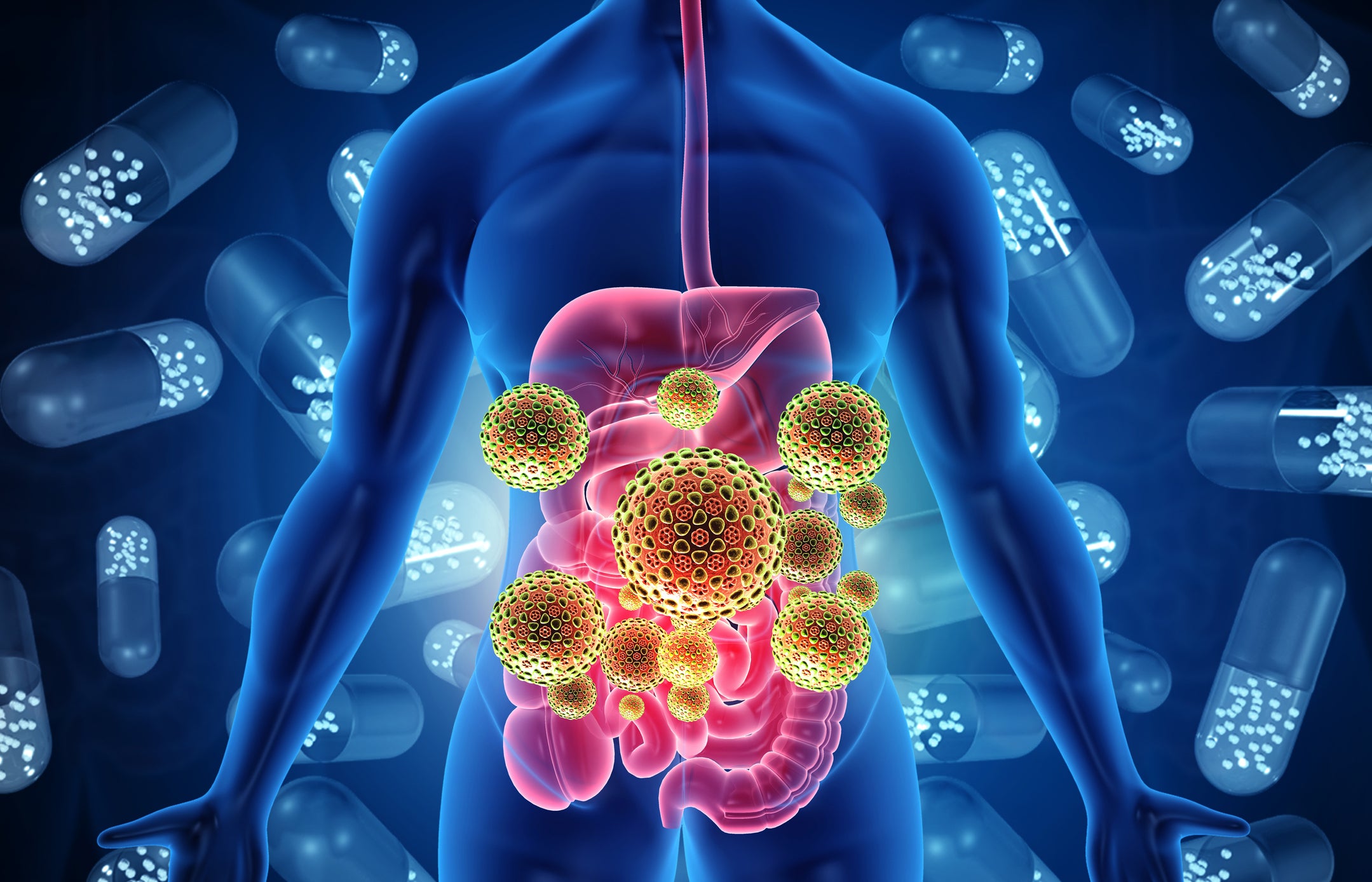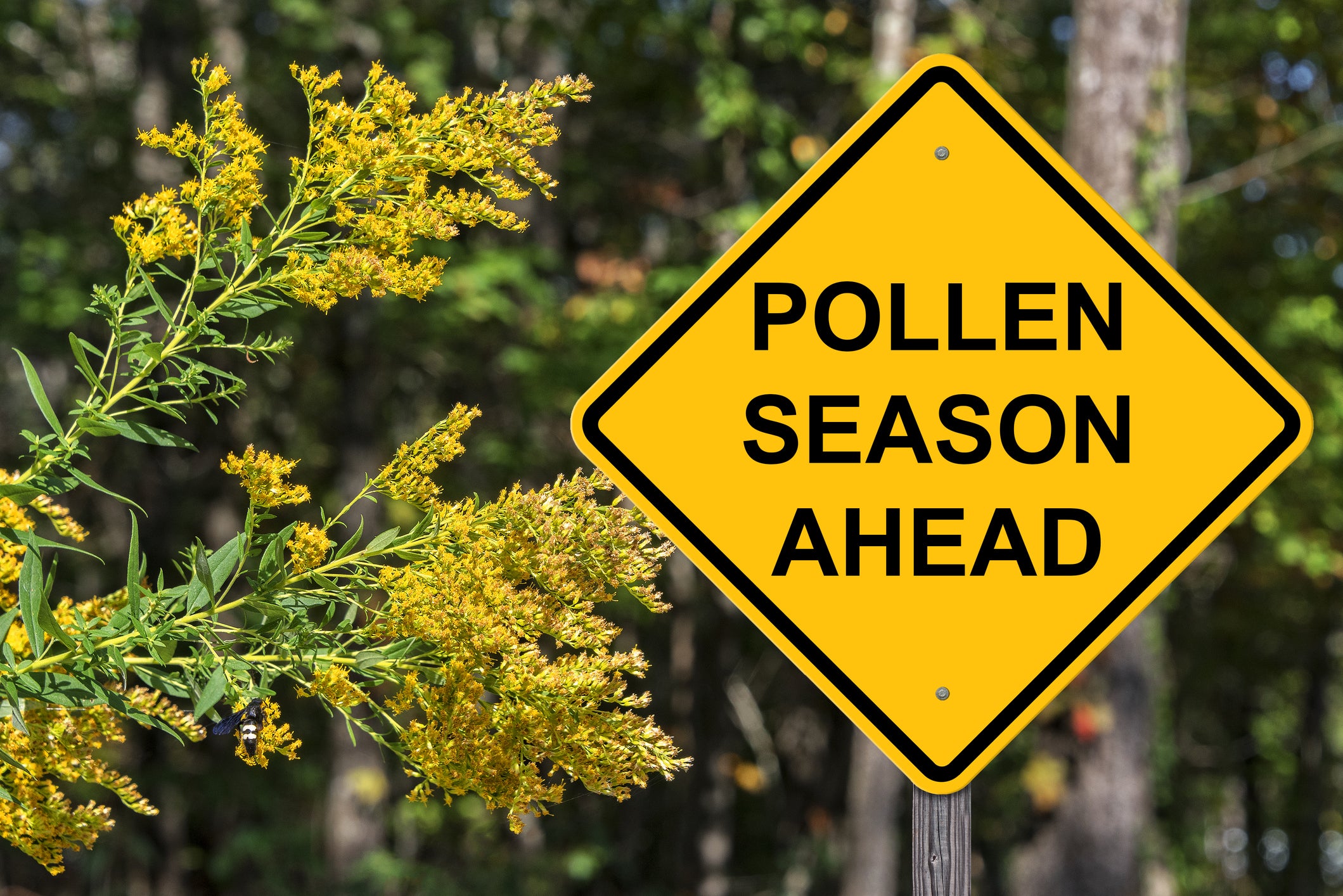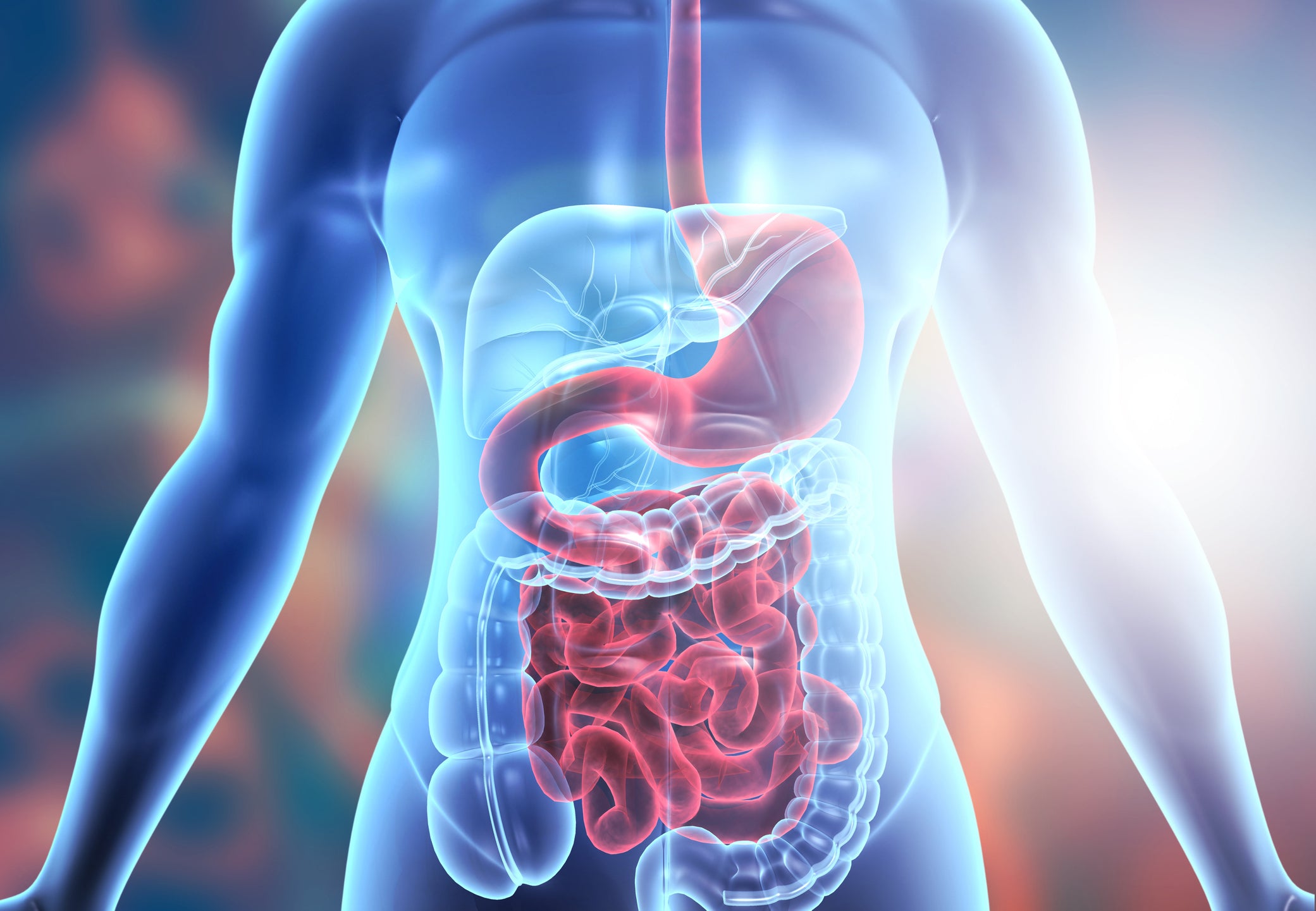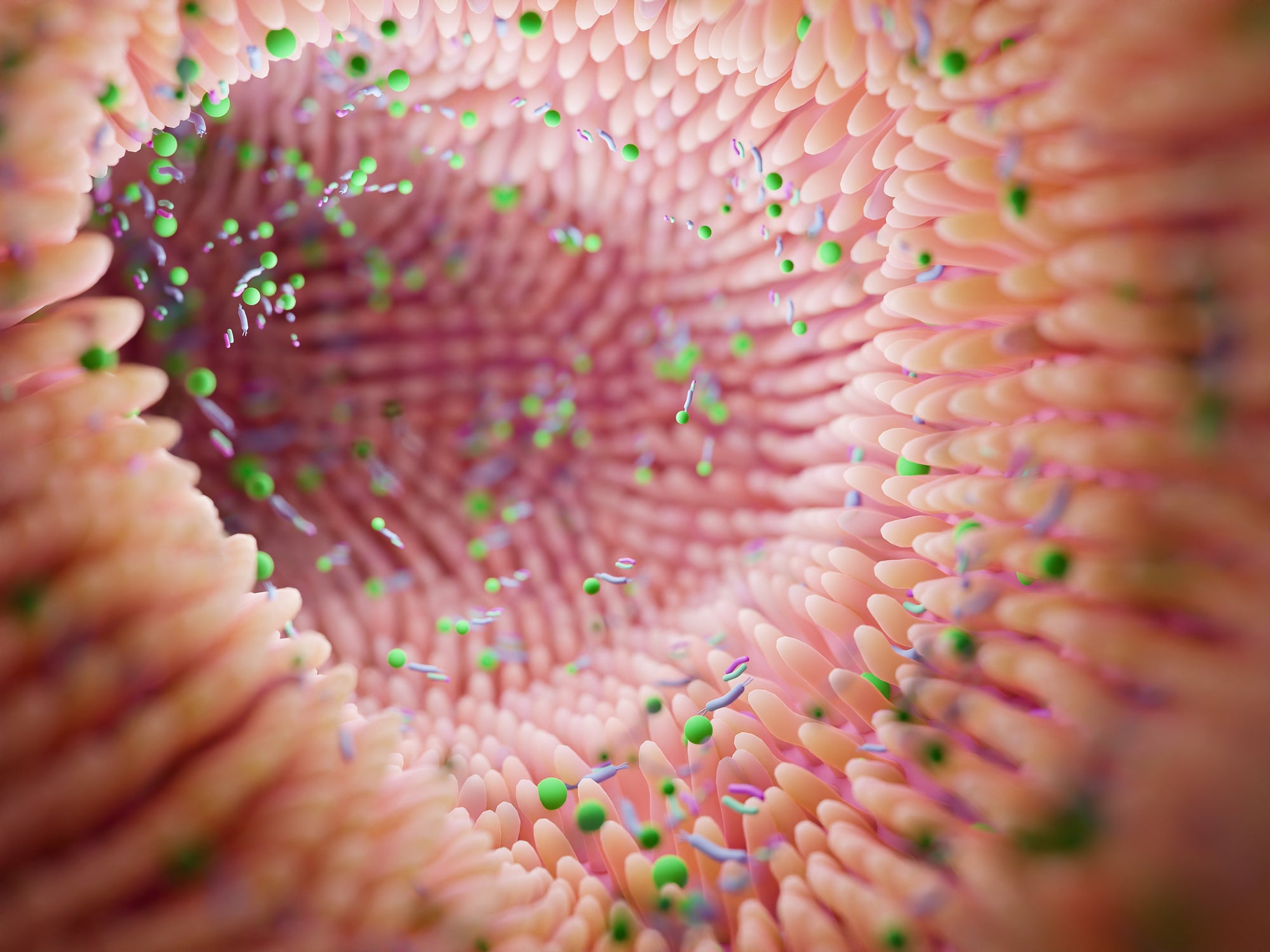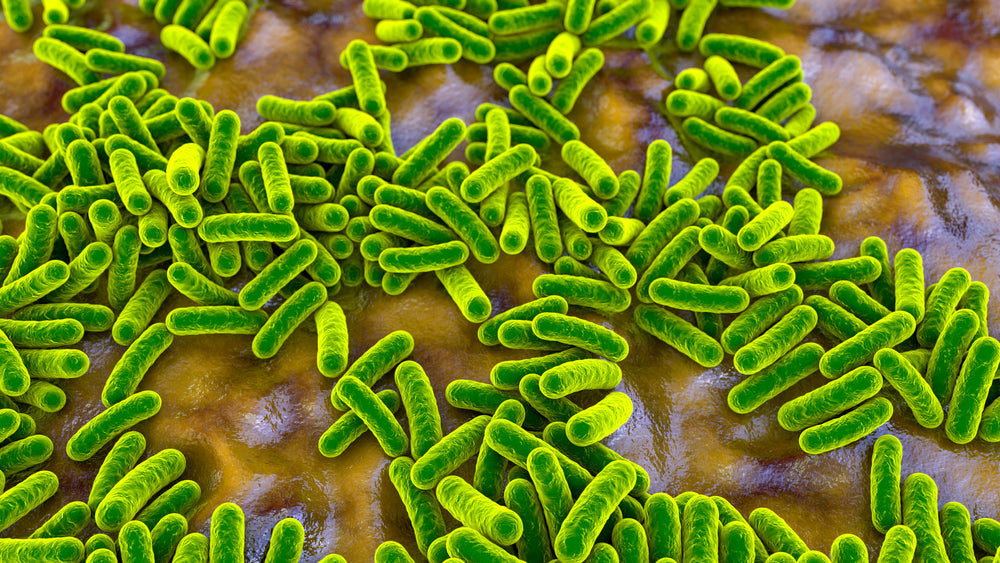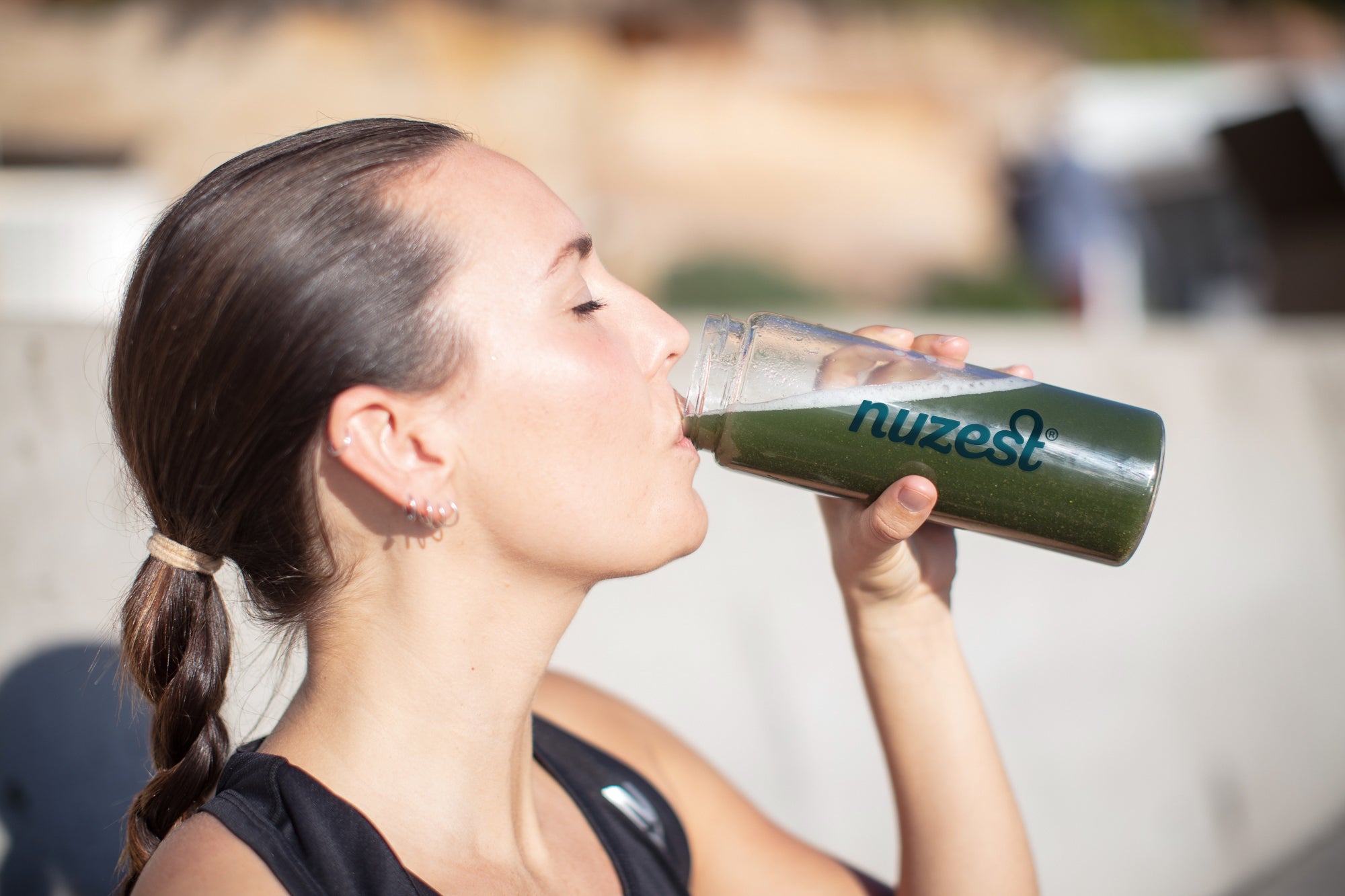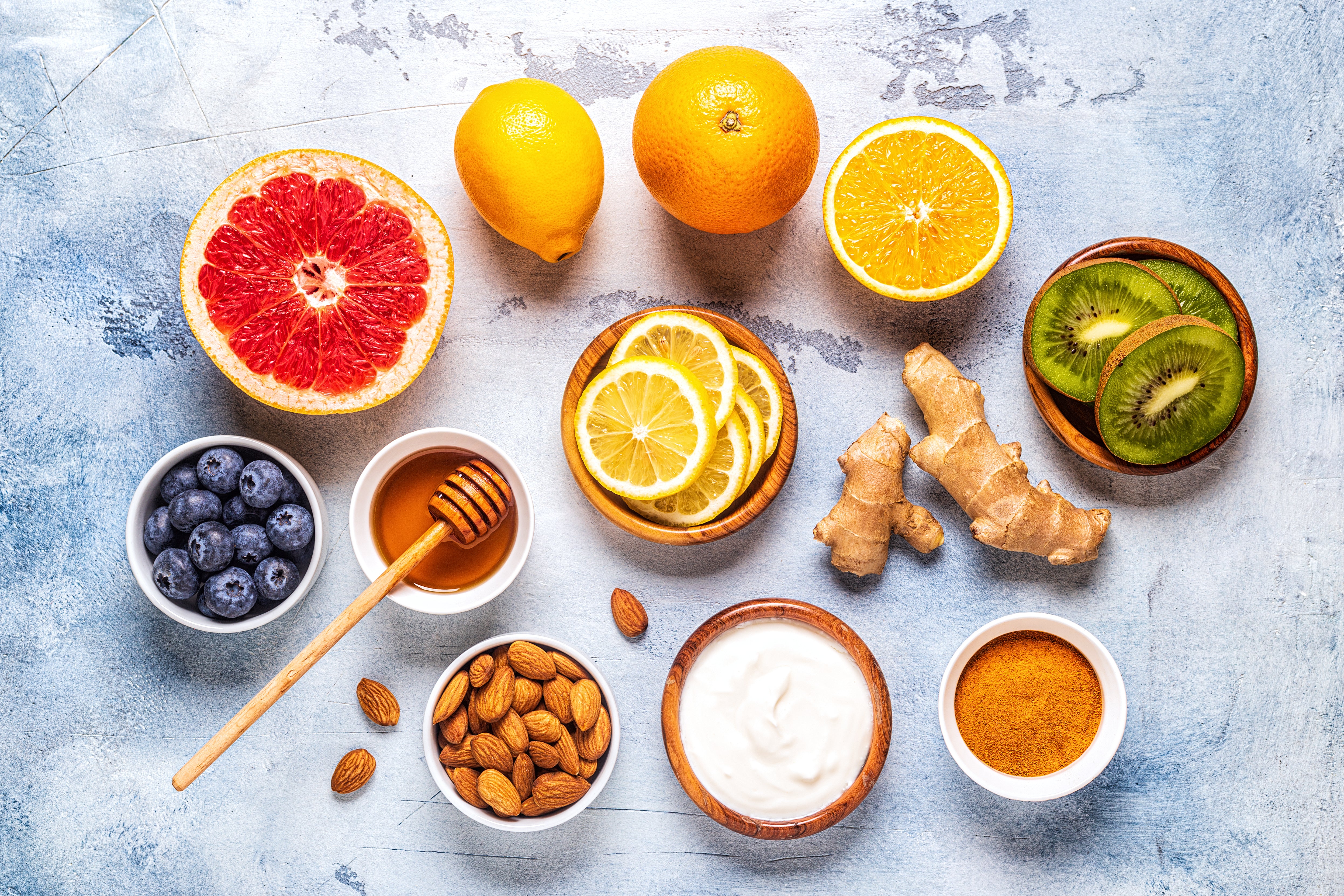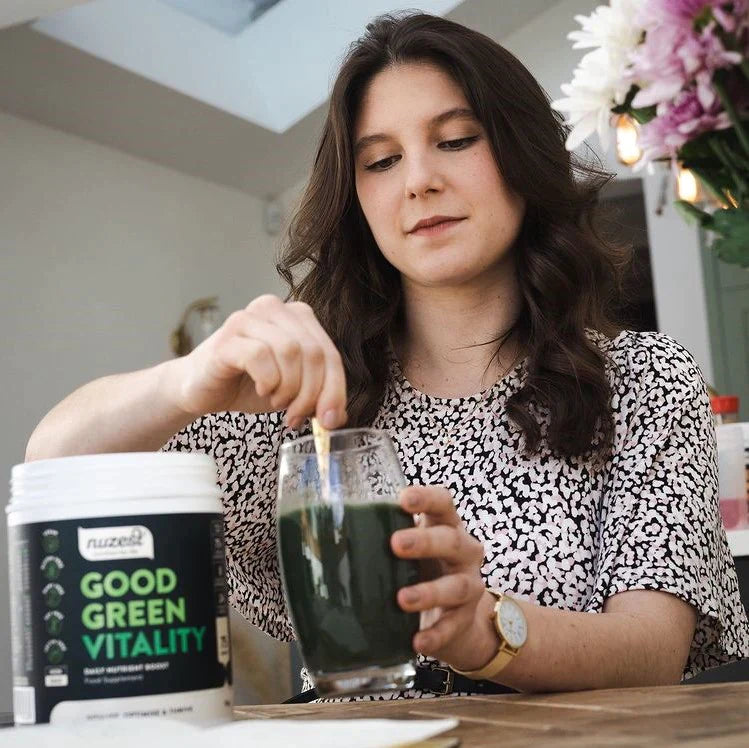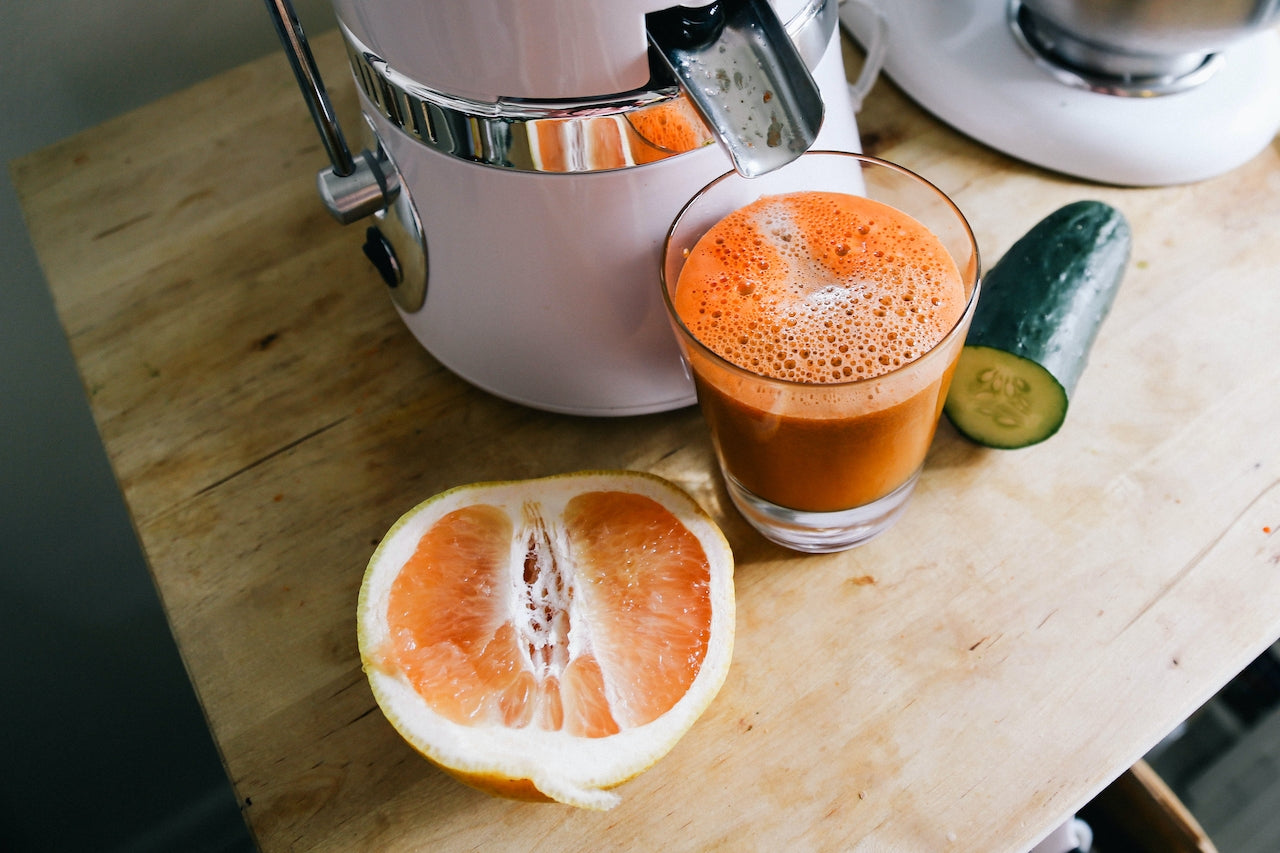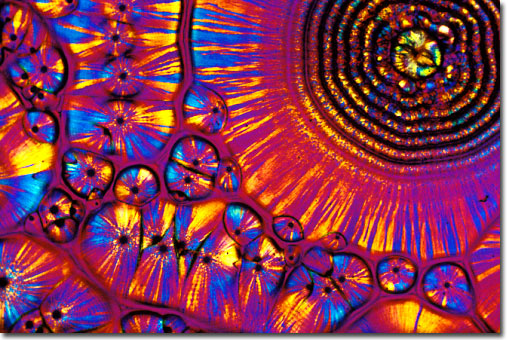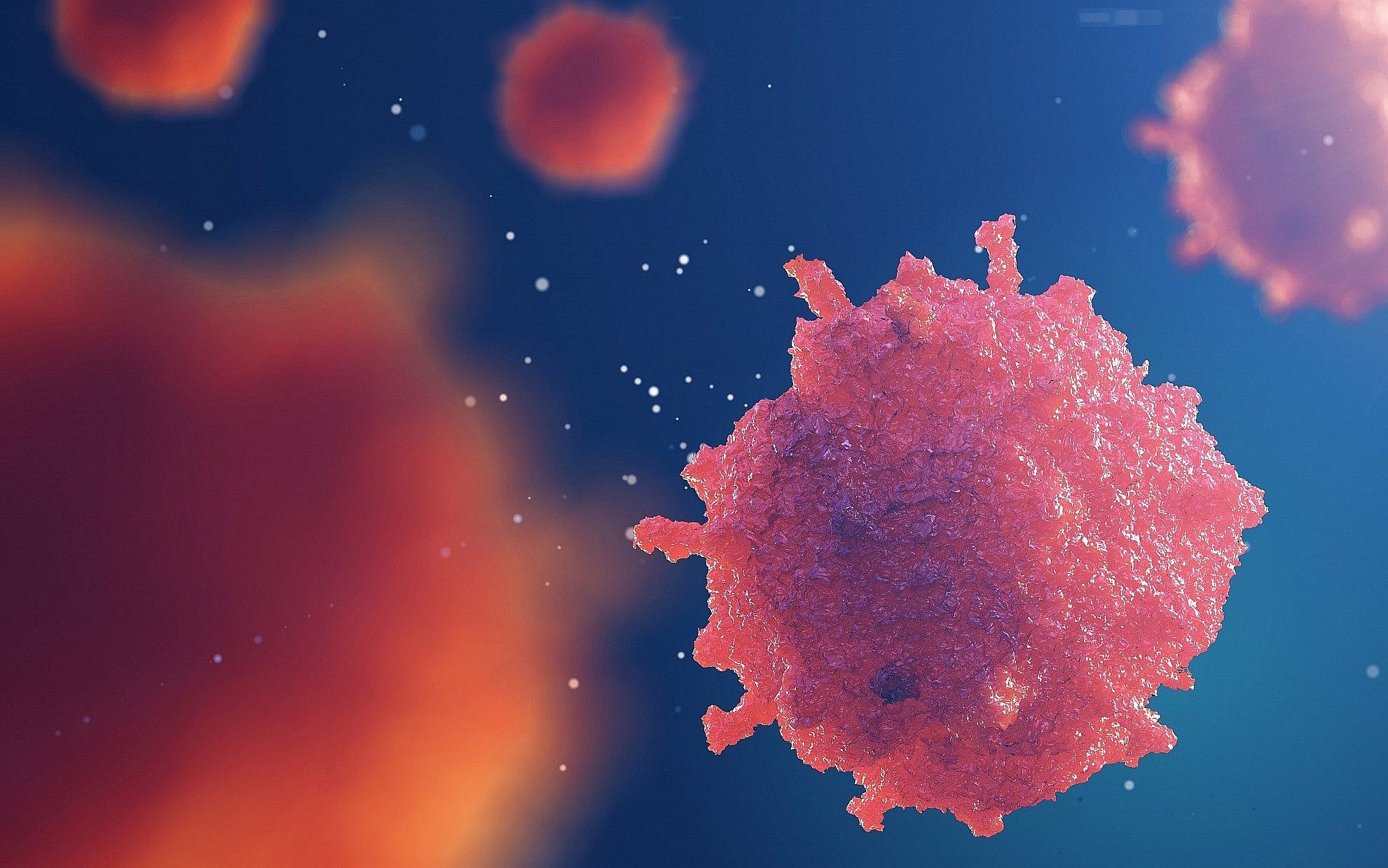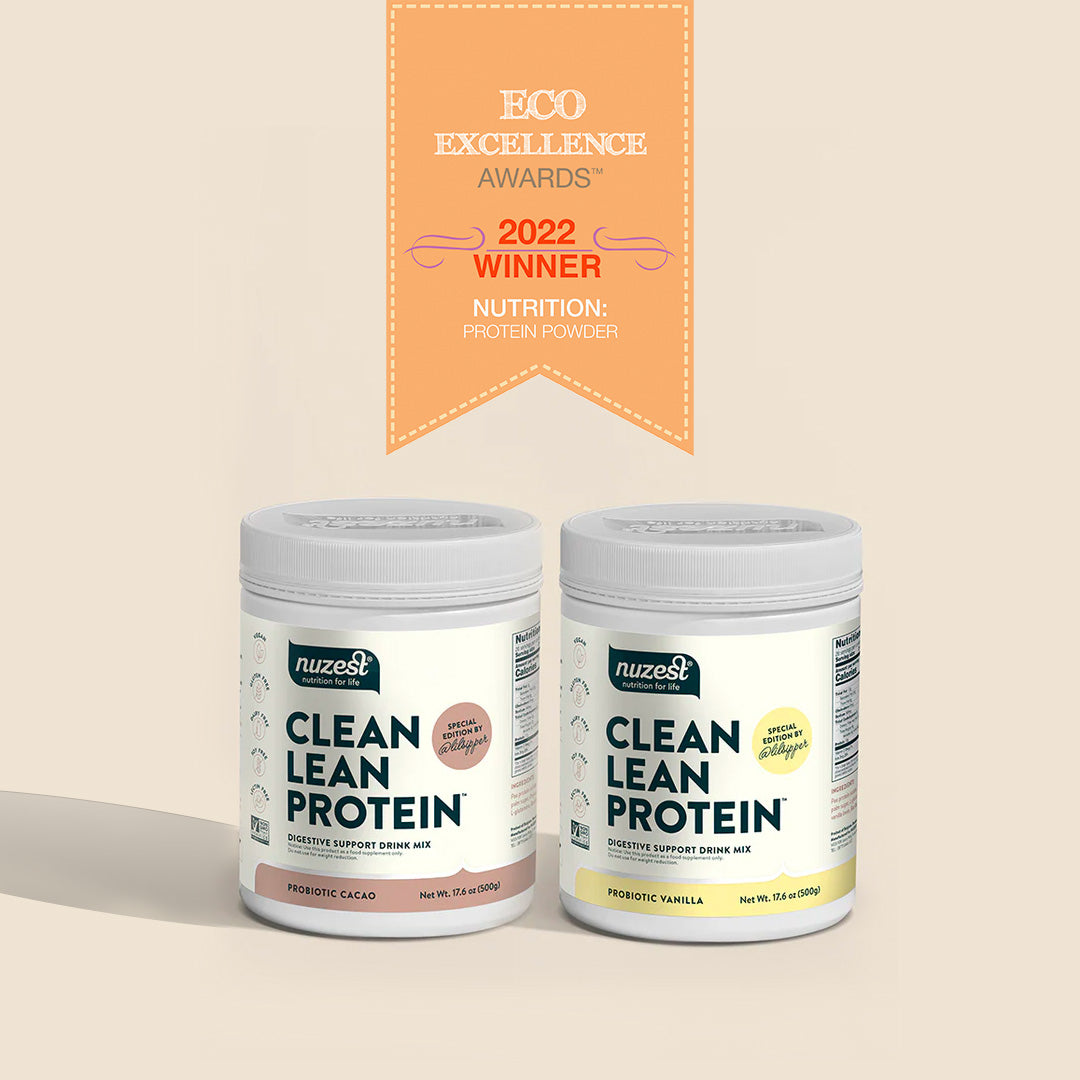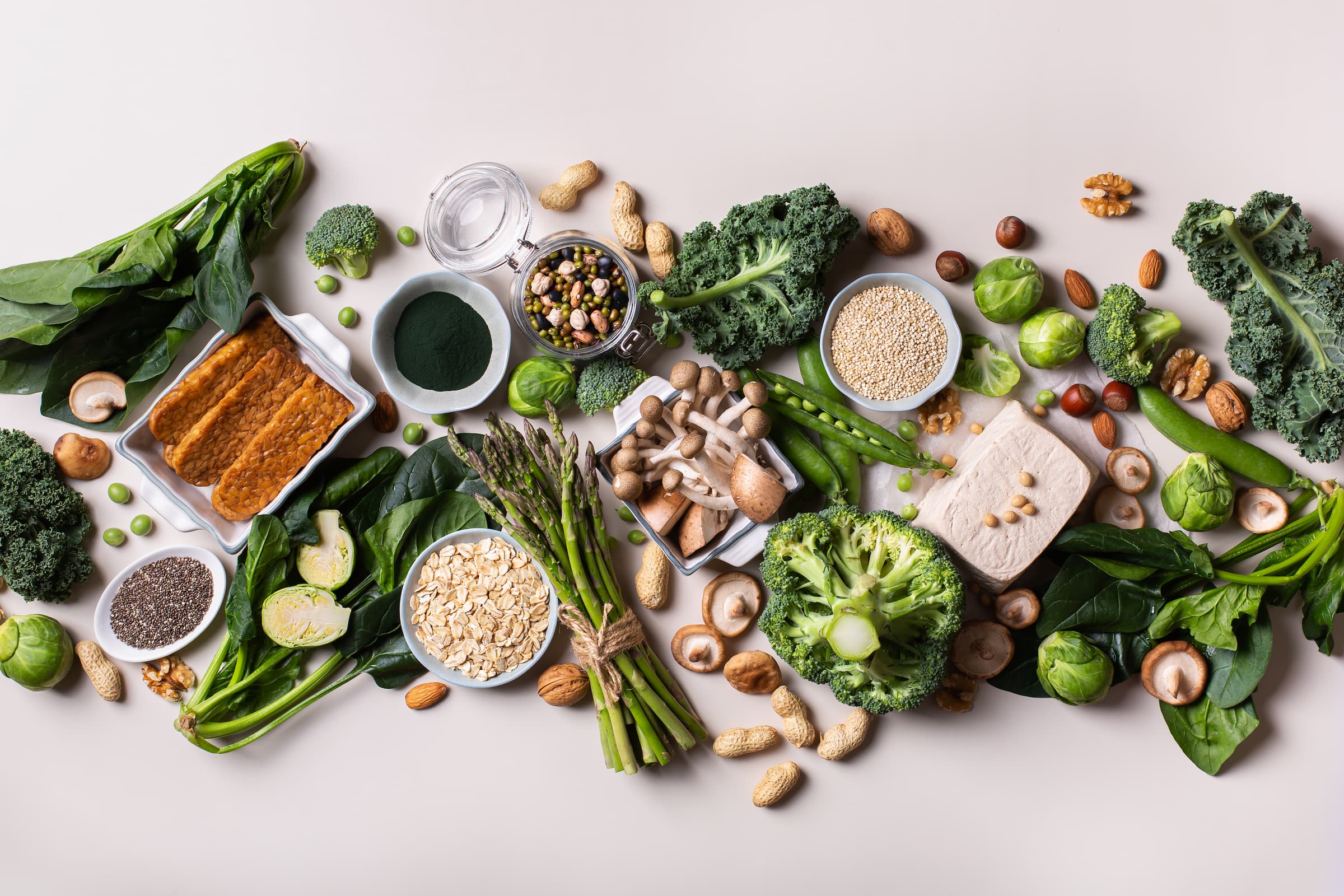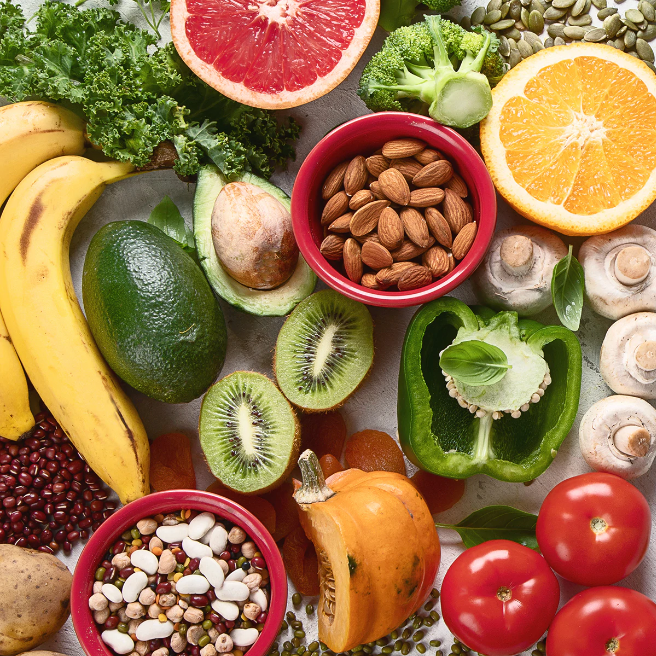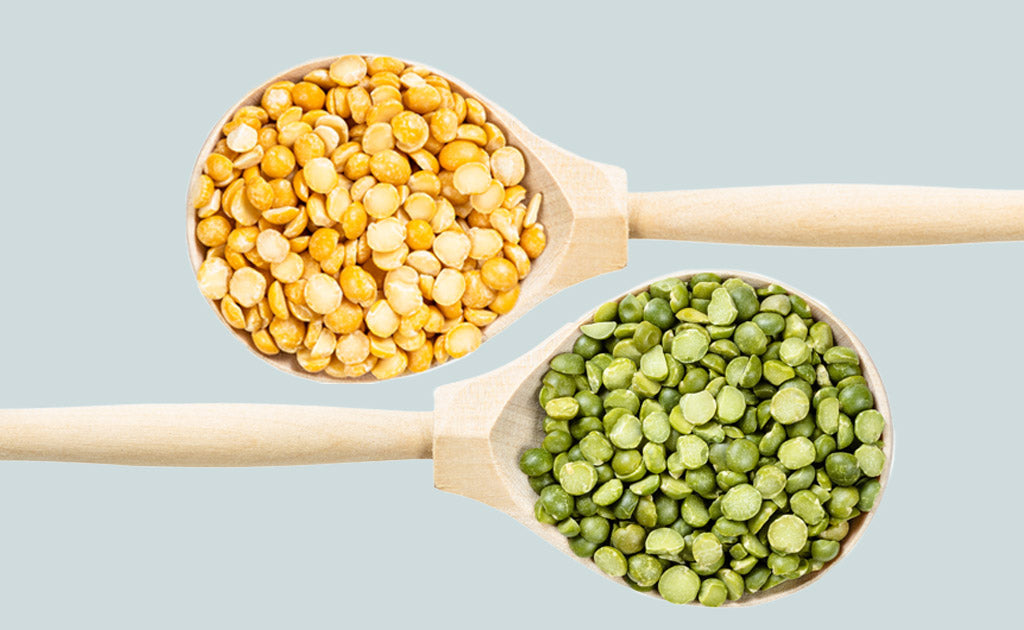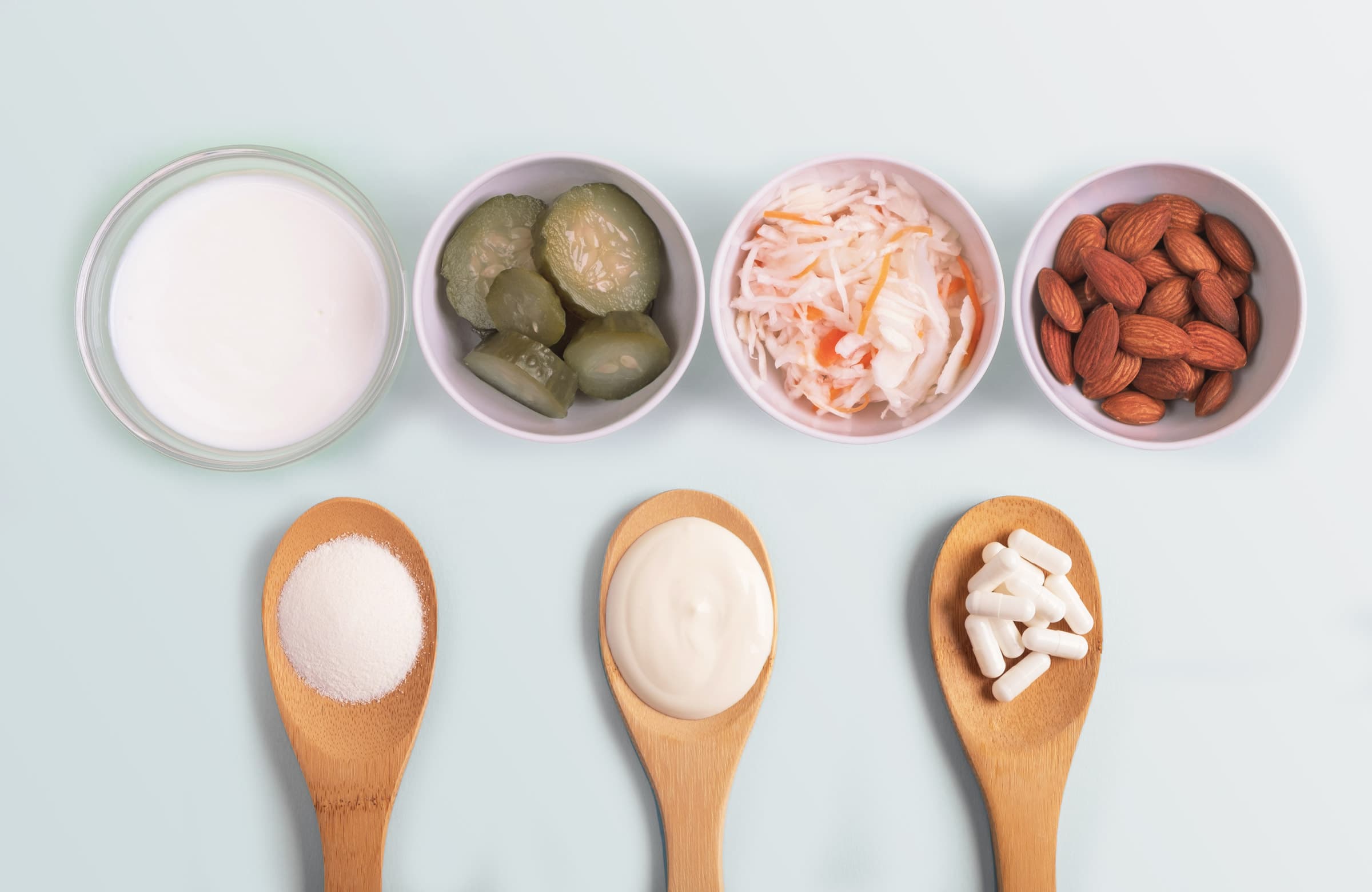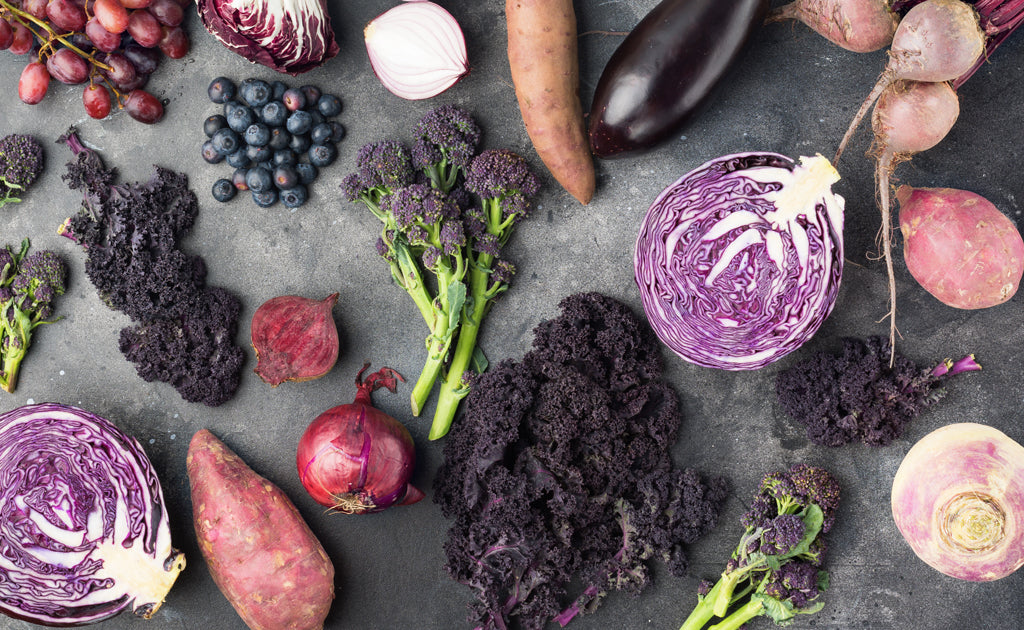Ketogenic diets are becoming one of, if not, the most popular diet in the mainstream right now. A Google search for Ketogenic Diet now returns more than 800,000 results. To put that in perspective, other trending concepts in nutrition like Plant based diet returns around 300,000 results, and the very popular Paleo diet returns more than 3 million results!
Despite this popularity, the ketogenic diet is misunderstood. Many people think that it is solely a carnivore-style diet and that its very nature excludes vegans. But not so! There are plenty of ways to ‘do’ keto while vegan. In fact, several of my colleagues and students are keto vegans… Read on to learn everything you need to know about vegan keto diets.
Why Keto? Is a Ketogenic Diet Right for you?
I’m a big believer in starting with why?
To pick the right dietary style, exercise type, or another health choice for us, we need to ask ourselves why we want to do that. In other words, for any diet, will it result in what I’m looking for?
And most importantly, is it aligned with my values, is there solid evidence that it will help me to achieve what I want, and will I be able to apply it?
When I’ve asked our network of clients/patients and practitioners, there are several clear desires that most people have:
a) increase energy
b) improve cognition/mental clarity and protect the health of the brain
c) improve body composition (i.e. reduce fat mass and/or increase muscle)
It’s apparent that our modern lifestyle hasn’t actually served these goals very well. Many of you are probably tired and stressed-out and are sick and tired of being sick and tired. Sorry, I know it’s a cliché, but it is one because it’s true…
Rising Worldwide Health Concerns
We have increasing rates of metabolic disorder, obesity and diabetes, rapid rises in dementia, Alzheimer’s and other neurodegenerative disorders, and cancer and heart disease still take far too many lives. The obesity rate in the United States in 2010 was 35.5% among adult men and 35.8% of adult women.¹ If we look at the global situation for metabolic disorder, we see that in 2011, there were 366 million people worldwide with diabetes, and this is expected to rise to 552 million by 2030.²
This metabolic nightmare is just the tip of the iceberg though, as we are now beginning to understand, better than ever before, the role that metabolic health plays in the development of the major diseases and disorders of the developed world, namely, cardiovascular and cerebrovascular diseases, neurodegenerative disorders, and cancer. The trend towards obesity, metabolic disorder and diabetes is being mimicked by nearly every country in the world, and these figures are steadily rising despite public health initiatives to improve diet and increase activity.
It has been estimated that life-expectancy in developed nations may drop for the first time ever, during the first half of the 21st century.3,4
This will begin to reverse the positive effects of reduced rates of smoking,5 and improved overall medical and healthcare. We could be the very first generation to live a shorter lifespan than our parents despite all the amazing medical advances we’ve achieved…
The Modern Diet and its Effects
One thing I will tell you right now is that it’s not real-food (nor any particular macro like fat or saturated fat) that has caused these problems. It is an excessive intake of highly processed, highly refined convenience foods (e.g. soda, fruit juice, and other added-sugar products) and the levering effect that these foods have. By levering, I mean that these types of foods don’t fill us up, and they don’t satisfy us!
That’s why our calorie intake didn’t drop when people started eating less fat and more carbohydrates. Instead, we ate more sugar (and less fat and protein) and ended up eating more and becoming more obese. (Figures 1 and 2)
People have, overall, tried to eat low-fat, low-sodium, low-calorie foods and it’s not working. And to be completely honest, it’s a shame that people are victim-blamed because apparently, they simply aren’t following the (faulty) dietary guidelines…
Existing dietary guidelines for health have, for many, actively promoted the rise in obesity and metabolic disorder. An excessive intake of processed and refined foods, high in carbohydrate (and in many cases sugar), leading to a calorie overload, is an obvious and universally recognized risk factor for increased diabetes, obesity and metabolic dysfunction.
Interestingly, despite the World Health Organization (WHO) dietary guidelines of 1998 suggesting a range of 55%-70% of calories should come from carbohydrate,6 a 2007 update suggested that there is little evidence for the lower threshold [my emphasis] and that this could be lowered to 50% [or less] of calories.7
There is actually little evidence supporting any optimal level of carbohydrate required for health. There is actually no minimum requirement for carbohydrate in humans.8 Carbohydrates are not an essential nutrient as the functions of the body that require carbohydrate (i.e. energy provision for red blood cells and neurons) are provided by the creation of glucose (gluconeogenesis) from amino acids (protein) and glycerol (the ‘backbone’ of fats). Almost all cells, except those lacking mitochondria, such as red blood cells, can also utilize fast (via β-oxidation of fatty-acids) and most cell types (such as neurons and cardiac tissue) can effectively use ketone body fuels created from fat and amino acids.
And so, carbohydrates should not be considered the base of our diet, but as a conditionally essential nutrient required in widely differing amounts depending on the needs of the individual.
Benefits of a Ketogenic Diet
What’s with keto anyway?! Ketogenic diets have been used to successfully treat childhood epilepsy since the 1920s.9-12
Since that time, ketogenic and other low carbohydrate, high-fat diets have demonstrated a host of benefits for many health conditions, weight and fat-loss,13-18 and for improving sports (especially endurance) performance for some. They are also being studied for use as part of the treatment for neurodegenerative disorders like Parkinson’s and Alzheimer’s disease,19, 20 diabetes,21, 22 cancer23-26 and autism,27 among other conditions.
What is a Keto?
Ketosis refers to the metabolic state that typically occurs during fasting or carbohydrate restriction. In this state, ketone bodies are created from fats and some amino acids.
Restricting carbohydrate results in reduced insulin levels, which in turn reduces lipogenesis (the creation of fat) and the accumulation and retention of fat stores.
The body continues to use considerable amounts of carbohydrates initially, which are provided by liver glycogen, which is broken down into glucose (known as HGO or hepatic glucose output). When these glycogen reserves become depleted, an alternative fuel source is needed. The Central Nervous System (CNS), including the cells of the brain and spinal cord, cannot effectively use fat for fuel and so, they typically rely on glucose,
but the brain can effectively run on ketone bodies when there are fewer carbohydrates available.
What are Ketone Bodies?
Ketone bodies are brain- and body-friendly fuels derived from fatty acids (from fat) and some amino acids from protein.
The ketone bodies are Acetoacetate, ß-hydroxybutyric acid (BOHB) and Acetone. These ketone bodies are produced through a process called ketogenesis in the liver. Acetoacetate is the primary ketone body, and this is converted to BOHB, which functions as the main fuel in ketosis.
What are Ketogenic Diets?
Ketogenic diets are diets that are low enough in carbohydrate (and protein), and high enough in fat, to encourage the creation of ketone bodies in much higher than normal amounts. This ketonaemia (the presence of ketones in the blood) is called Nutritional Ketosis.
Nerd Alert!
Very low carbohydrate ketogenic diets (VLCKDs) typically result in BOHB levels of ≥ 0.5 mmol.L-128 and this level is used as a cut-off point for achieving ketosis by nutrition researchers.29 The ten-fold range of BOHB from 0.5 to 5.0 mmol.L-1 has been suggested by low-carb gurus Stephen Phinney and Jeff Volek as the functional definition for NK.30,31
I had the opportunity of asking Dr. Phinney how they originally determined this range, and the lower cut-off and he said that they arrived at these figures based on the point at which participants symptoms of keto-induction were mitigated in their studies on ketogenic diets.
So, in simple terms, VLCKD is very low in carbohydrate, low to moderate in protein and high in fat.
How to Do a Vegan Ketogenic Diet (Vegan Keto Diet)
The problem is protein…
In order to get quality protein, most people following a ketogenic diet rely on meat, fish, chicken and eggs, which are nearly devoid of carbohydrate and packed with complete protein along with relatively high amounts of fat, which is great if you’re on a keto diet. However, this is not so great if you’re vegan!
Whereas vegans typically rely on eating foods that contain protein but also have higher amounts of carbohydrate, which is a keto no-no.
How to Get the Protein You Need, Without a Ton of Carbs on a Vegan Keto Diet
To be successful on a keto-vegan diet, you need to find protein choices that are relatively low in carbohydrates. Fat intake is easy, as any vegan oil is going to fit the bill for keto. Protein is the tricky part, but it doesn't have to be. Quality plant-based protein powders are an amazing source of pea protein. Pea protein is not derived from animals, so it is 100% compatible with a vegan lifestyle, and packs 18-21 grams of protein per 25-gram serving.
Some vegan proteins that are relatively low in carbohydrate include:

*These are still relatively high in carbohydrate, but as part of a mixed meal, with vegetables, oils added, and other protein sources, can still be part of a vegan-keto diet.
Guidelines to Succeed as a Keto Vegan
Plan your meals—there are so many vegan recipes out there, many of which are keto-friendly!
The key to planning a vegan keto meal is to prioritize lower-carb protein foods, eat LOTS of vegetables, and then add oils to the meal to increase the fat: protein/carb ratio. One of the common problems in going lower-carb is that vegan diets often tend to be based on starchy foods like rice and potatoes. These often make up the greatest bulk of the diet, but in a vegan keto diet, this needs to be reversed, with the greatest bulk made up of vegetables, followed by low-carb protein foods, and then dressed in healthy fats and oils.
So, it’d look a little something like this:
Veggies + low-carb protein + oils
Example:
3 servings of veggies (kale, spinach etc.) + mixed nuts, seeds, and sprouted lentils + olive oil vinaigrette
- Boost ketones with MCTs
One thing that really helps a vegan keto diet is the use of medium chain triglycerides (MCTS). Ketosis can be achieved with a little more protein and carbohydrate, and less fat, if you supplement with MCTs, 32,33 as they are taken up into the liver (as compared to entering the body via the lymph) and are there converted into ketone bodies.34 If you add a Tbsp. of MCT oil to smoothies and use it as part of your salad and vegetable dressings, you’ll make your keto vegan journey a whole lot easier.
- Use pea protein isolate
There’s nothing magical about protein powder… but it is a convenient, cost effective way to provide high-quality protein to your diet. A protein smoothie can provide a meal, and for vegan-keto, this meal can be tailored to exactly the amount of protein and fat you require. For example, a great option could be to have a scoop of pea protein isolate, with a couple of tablespoons of peanut butter, flax seeds, some kale, blueberries, and a Tbsp. of MCT – a perfect keto meal with around 65% of the calories from fat (mostly MCT) and more than 20 grams of protein.
So, a day of vegan keto eating could look a little like this:
Breakfast:
High protein/fat smoothie (as above)
Lunch:
Leftovers from dinner
Dinner:
Salad or vegetables with tofu, tempeh, or mixed nuts and seeds, dressed with flax and olive oil vinaigrette.
It’s actually relatively easy to give keto a go if you’re vegan. While the keto diet isn’t for everyone, it can be a great diet if you can stick to it. Thankfully there are more ways to follow a keto diet than the old-style, classic keto diets, and if you simply avoid the obligate carbohydrates (grains, tubers, and fruits), stick to the tips above, and prioritize non-starchy veggies, lower-carb plant-based proteins, and healthy fats, you’ll find following a vegan-keto diet a breeze.
References
- https://www.ncbi.nlm.nih.gov/pubmed/22253363
- https://www.ncbi.nlm.nih.gov/pubmed/22079683
- https://www.ncbi.nlm.nih.gov/pubmed/12513041
- https://www.nejm.org/doi/full/10.1056/NEJMsr043743
- https://www.nejm.org/doi/full/10.1056/NEJMsa0900459
- http://www.who.int/nutrition/publications/nutrientrequirements/9251041148/en/
- http://www.who.int/nutrition/publications/nutrientrequirements/9251041148/en/
- https://academic.oup.com/ajcn/article/75/5/951/4689417
- https://www.ncbi.nlm.nih.gov/pubmed/10742367
- https://www.ncbi.nlm.nih.gov/pubmed/16814077
- https://www.ncbi.nlm.nih.gov/pubmed/22419282
- https://www.ncbi.nlm.nih.gov/pubmed/15148063
- https://journals.lww.com/nsca-scj/fulltext/2010/02000/Low_Carbohydrate_Diets_Promote_a_More_Favorable.6.aspx
- https://www.ncbi.nlm.nih.gov/pubmed/12640371
- https://www.ncbi.nlm.nih.gov/pubmed/16476868
- https://www.nejm.org/doi/full/10.1056/NEJMoa0708681
- Henderson ST. High carbohydrate diets and Alzheimer's disease. Med Hypotheses. 2004;62:689-700.
- https://www.ncbi.nlm.nih.gov/pubmed/15728303
- https://nutritionandmetabolism.biomedcentral.com/articles/10.1186/1743-7075-5-14
- https://www.ncbi.nlm.nih.gov/pubmed/13298683
- https://www.ncbi.nlm.nih.gov/pubmed/25069036
- https://www.ncbi.nlm.nih.gov/pubmed/25707910
- https://www.ncbi.nlm.nih.gov/pubmed/25666556
- https://www.ncbi.nlm.nih.gov/pubmed/12693778
- https://www.ncbi.nlm.nih.gov/pubmed/25402637
- https://www.ncbi.nlm.nih.gov/pubmed/12663586
- Volek JS, Phinney SD. The Art and Science of Low Carbohydrate Living: Beyond Obesity. New York, USA: Beyond Obesity; 2013.
- Volek JS, Phinney SD. LOW CARBOHYDRATE LIVING. New York, USA: Beyond Obesity; 2011.
- http://n.neurology.org/content/neurology/21/11/1097.full.pdf
- https://www.ncbi.nlm.nih.gov/pubmed/934725
- https://www.ncbi.nlm.nih.gov/pubmed/29576959
ii. For an in-depth explanation of why fat is inefficiently used by neurons see The Carbohydrate Appropriate Diet
iii. Technically BOHB is not a ketone body as the ketone moiety has been reduced to a hydroxyl group
iv. Oral communication, August 28th, 2014

